Water is one of the world’s most valuable resources. Without it, life would cease to exist. Now more than ever, it’s important to do our part in conserving our water usage and finding more ways to protect this natural resource. In the United States alone, we use more than 30 billion gallons of water every day. This is staggering when you realize that only 2% of that is used for drinking purposes.
Those in the agricultural field have already seen water scarcity and some counties are turning towards unique experiments to try and combat the dwindling water supply. For instance, stakeholders in the 100-square-mile “high priority” zone of Northwest Kansas Groundwater District 4 have reached a consensus to reduce groundwater pumping by 20 percent over the next five years. This experiment has been put into place to preserve the Ogallala Aquifer and the water needed for them and their crops to survive.
As Culligan Water knows, high-quality water isn’t always easy to come by, so protecting what we have can be a top priority. We can all do our part in conserving water, our most precious resource. Here are 10 actionable water quality tips that you can do at home to conserve water.
Fix leaky faucets and toilets.
Whether you’re trying to save money on your water bill or just want to reduce your impact on the environment, fixing leaky faucets and toilets is an easy way to conserve.
According to the Environmental Protection Agency (EPA), a leaky faucet can waste as much as 2,700 gallons of water per year—and that’s just from one faucet! If you’ve got multiple leaking fixtures, it’s easy to see how diligent maintenance could add up quickly.
Toilets can waste just as much water, if not more! And although replacing old toilets with new ones is expensive upfront and requires plumbing skills, there are several low-cost fixes available if you don’t have those skills yourself—such as adding sealant tape over any cracks in the rim or tank joints to ensure they remain sealed tight against leaks.
Install aerating, low-flow faucets.
The average low-flow fixture expels around half the gallons per minute than a standard fixture. Add that up over time, and you can save about a thousand gallons of water per year! Additionally, installing aerating, low-flow faucets can reduce the pressure in your home’s water system. They’re easy to install and can be purchased at any hardware store. You may need a professional plumber to install them if you have a complex system or are not familiar with plumbing.
Swap out your showerhead.
It’s no surprise that showering can use a lot of water. So swapping out your current showerhead for one that’s designed to use less water is an easy way to save money and save water. A low-flow model can help you save up to 5,000 gallons of water every year.
Low flow models are available in a variety of styles and price points; you can choose from spray or mist heads, handheld options, and stationary models (which are best for children). Some even come with technology that allows them to adjust themselves based on the amount of water pressure coming in.
Ditch plastic water bottles and use filtered water.
Drinking filtered water is a great way to lower your environmental impact and improve your health at the same time. Bottled water can be as much as 2,000 times more expensive than using filtered tap water, according to the Natural Resources Defense Council (NRDC). And it’s not just about money: bottled water also negatively impacts the environment with its production, transportation, and disposal.
When you use a filter and use your kitchen faucet for drinking water, you’ll be able to save money and reduce waste without sacrificing convenience or quality. Culligan Water offers whole home systems that filter and soften water throughout your entire home. Topeka tap water can contain high levels of microorganisms, like bacteria and viruses, which can pose serious health risks, so switching to filtered water for you and your family can be a healthy choice.
Insulate your water pipes.
Burst pipes can cause a huge loss of water in a very short amount of time. Not to mention, the last thing you want to come home to is a flooded kitchen. You can insulate your water pipes to prevent them from freezing during the winter. It’s best to insulate your water pipes in areas that are not heated, like crawl spaces or attics. You can use foam pipe insulation rated for outdoor use, or bubble wrap and a heat gun to apply it.
If you’re on a tight budget, another option is to wrap the outside of your pipes with aluminum foil tape and seal it around any joints or cracks so no air can get through.
Take shorter showers.
Short showers can save water. Studies show that five minutes is the sweet spot for saving the most water. If you want to take even shorter showers, consider setting a timer. Showering for less than five minutes uses less than a gallon of water (and probably uses much less).
Check your home for hidden leaks.
Hidden leaks could be costing you money throughout your home. Here are a few quick tips on how to check different parts of your home for leaks.
- Toilets and faucets: Use a drop of food coloring in the toilet tank. If you see color in the bowl after 10 minutes, you have a leak that should be repaired.
- Roofs: Go up on your roof and check for any visible signs of leaks like buckling or peeling paint or discoloration at joints between sections of shingles.
- Basements: Do you see puddles on the floor? Check around decorative plumbing pipes where they enter the walls to make sure none are leaking into your basement walls by applying soapy water to suspect areas; if bubbles form from these spots, it means there is a leak somewhere else (try using this method as well). Look into closets off laundry rooms for soggy piles of clothing or towels under washer/dryer connections.
Only run full loads in the dishwasher and washing machine.
You may have heard this advice before, but it bears repeating. When you run a full load of dishes or laundry in the dishwasher, there is less water to clean and rinse your items with. This means less energy is used, which reduces your environmental impact.
Saving money isn’t the only benefit to doing this—you can also save yourself some frustration by not having to deal with a partially cleaned load of dishes that didn’t quite make it through the cycle because they were too wet when you started it up again.
Take advantage of rainwater collection systems.
Rainwater collection systems are a great way to save water. Rainwater collection systems can be used to water your lawn, plants, and shrubs, allowing you to cut down on the amount of money and resources you use while still enjoying a healthy green space.
Upgrade to low-flow toilets.
Upgrading to low-flow toilets is one of the most cost-effective ways to save water and money. These efficient devices use only 1.6 gallons per flush (gpf), while standard models use 3.5 gpf. That extra 1.9 gpf makes a big difference over time: A family with two children will save more than $1000 in water costs each year by switching to low-flow toilets.
Additionally, low-flow models use less water, which means there’s less wastewater runoff into lakes and rivers when it rains.
Water conservation is important and it takes us all to make a difference.
Hopefully, these tips have inspired you to take action. At the end of the day, water conservation is important. It’s our responsibility as citizens of this earth to make sure that there is enough clean water for everyone—and that means taking care of what we already have! We know these actions might seem small compared with the scale at which we want them to work, but any effort you make toward saving water will help ensure its availability for future generations.
If you’re interested in adding filtered water to your home, contact Culligan Water today! Culligan Whole Home Filtration System you can be sure you are getting the best quality water at every tap in your home. Whatever your water problem may be, Culligan systems filter out the bad so you can enjoy the good!








